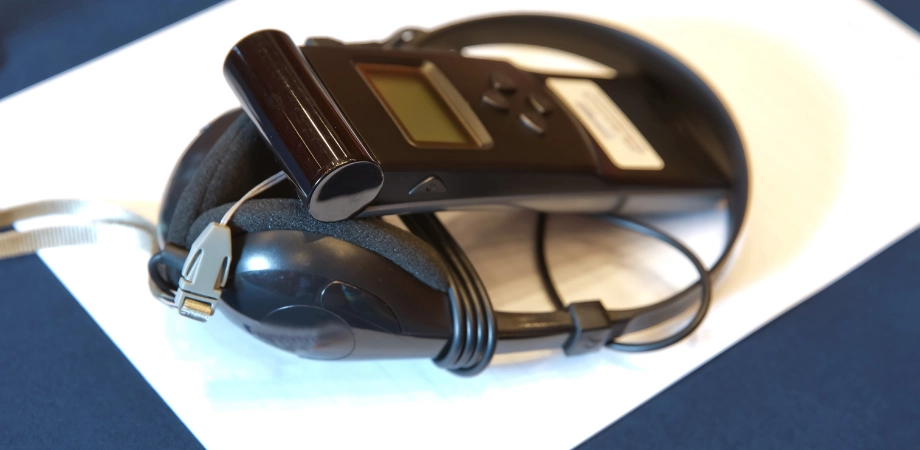Should brand names be translated? This is a common dilemma faced by companies expanding their business beyond borders and often creates confusion both within the company and among translation services. However, operating internationally also requires brand name translation, and not translating brand names is one of the biggest marketing mistakes.
Translating the brand name and watchword is important to succeed in a new market and appeal to a new client base.
However, when we examine successful products worldwide, we see very few examples where their names are translated for international markets. This means that not all product names need to be translated.
So, how do you decide if your product names need translation?
What is Brand Name Translation?
Brand name translation is a method of preserving the original content of a brand while translating the company’s product portfolio from one language to another. There is no definitive answer to whether brand or product names should be translated. It requires considering factors such as the brand name itself, the target market, and the language involved.
When you are doing brand name translation, it is crucial to first understand the brand names’ meanings in other languages. To avoid marketing translation errors, it is important to ensure that the brand name reflects a similar concept in the target language. If the brand name conveys a similar concept across all languages, there may be no need for alteration, or a literal translation can be preferred.
Deciding whether to translate product names into other languages is a complex question, and the concerns associated with it are valid. Therefore, conducting thorough research and considering professional brand name translation services are important steps to take.
Should You Translate Your Product Name?
While it is important to consider brand name translation when entering a new market, partnering with a reliable translation service provider is a good option as mentioned earlier, whether to translate the brand name or not is entirely up to you.
When entering new a market, you should precisely consider which option would be stylish for you.
Let’s look at the available options:
1. Option: Not Translating
The first option to consider is not to change your product name at all. This eliminates the fear of diluting your brand and is the most cost-effective choice. While it may seem like the easiest and safest option, some names may not be meaningful in target markets or could lead to misunderstandings when translated. If you believe that changing the name is necessary to avoid potential misunderstandings or even disasters, it is crucial to seek local support.
2. Option: Translating
Secondly, you can translate your product name to match its literal meaning. In this option, you can provide the original brand or product name in parentheses. If you believe that translating the name would be better while also preventing misunderstandings, you can use this format. As your product establishes its market presence, you can gradually remove the parentheses.
3. Option: Localizing
The third option is to find a local equivalent for your product name. In other words, instead of translating the name word-for-word, consider adapting your brand name to be culturally relevant to the target market. However, this should be done carefully and accurately within a process that incorporates local elements, otherwise, you may end up far from the intended outcome.
4. Option: Translating with Transliteration
Transliteration is the process of reproducing the spelling or sound of the original name in the script of the target language without considering its meaning. In other words, you can consider recreating your product name in a form that resembles or is spelled similarly to the original name. This is a good option, especially in countries like China, Russia, Korea, or Japan, where the target language uses a different alphabet system.
5. Option: Translating with Transcreation
This option is directly related to the translation of the product name but goes beyond that. When translating the brand name using transcreation, the emphasis is on conveying the meaning of the name rather than keeping the sound or spelling the same. Transcreation considers the original message and reimagines it during the translation process.
Transcreation involves not only a translator but also local copywriters or advertising professionals. It is a process that requires more research and resources, making it the most radical option.
Decision Falls on You
There are no definite rules that always work when it comes to brand name translation or product names. The correctness of the decisions can only be determined by looking at product sales, brand perception, and marketing results.
In the end, the responsibility of making these delicate opinions falls on you.
Relying on rough and insufficient research-based predictions can lead to failure, so it is evident that this process should not be conducted carelessly and superficially. Conducting thorough market research, working with reputable localization firms, and testing product translations against their original names provide you with all the necessary information to make these decisions more easily.



